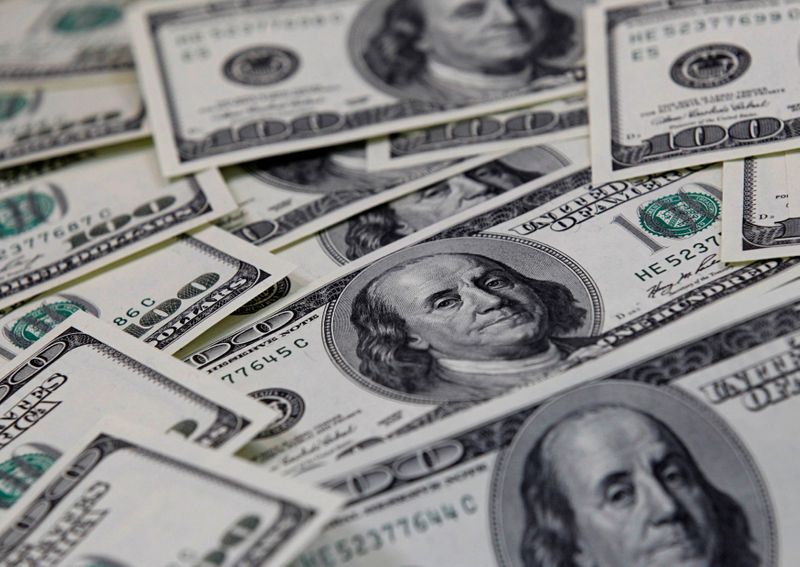WASHINGTON (Reuters) – U.S. households ended 2020 with a record $130.2 trillion in wealth, the Federal Reserve said in a report on Thursday, as rock-bottom interest rates and a massive fiscal rescue stemmed the financial fallout from the coronavirus pandemic.
Rising equity markets added $4.9 trillion to household assets in the fourth quarter and rising real estate values added around $900 billion, the report showed. Balances in cash, checking accounts, and savings deposits rose by a combined $642.7 billion in the fourth quarter to a record $14.1 trillion. Household wealth rose $12 trillion from the year-earlier period, and consumers paid off a record $118.3 billion in credit card debt.
The U.S. central bank’s report on household, business and government financial accounts does not provide a breakdown of higher-income families versus poor ones, and masks the very different experiences of those who were employed and those who were not, as well as of those who owned stocks and homes and those who did not. But the latest data serves as a snapshot of the overall strength of U.S. family finances, which were buoyed by nearly $3 trillion in fiscal aid early in the crisis as well as by the Fed’s interest rate cuts and monthly bond purchases.
The report covers the October-December period, when millions of out-of-work Americans had begun to exhaust their unemployment benefits, job growth had slowed, and COVID-19 cases surged, and before any of the effects of the $892 billion pandemic relief package signed during the final week of the year were felt. Money from that package, which included $600 checks to most Americans, additional unemployment benefits, and aid to small businesses, did not start flowing until the start of this year. And households stand to receive a new round of aid starting as early as next week, when most Americans will get an additional $1,400 check as part of a $1.9 trillion aid package that was passed by Congress and is expected to be signed by President Joe Biden on Thursday.
The U.S. labor market remains in a deep hole compared with its pre-pandemic high-water mark, with nearly 10 million fewer jobs now. Data on Thursday showed 20.1 million Americans were collecting unemployment checks as of late February. Analysts expect the new round of fiscal aid to help fill that hole faster, bolstered by waning COVID-19 infections and an accelerating vaccination campaign that is expected to boost economic activity in the coming months.
Overall household debt rose in the fourth quarter at an annualized rate of 6.5% compared to a rise of 5.7% in the third quarter, as home mortgage borrowing increased, the Fed report showed. Total mortgage debt hit $10.9 trillion, the report showed. Credit card debt ended the year at $974.9 billion. Non-financial business debt rose at a 0.8% annualized rate, up from a 0.5% pace in the previous quarter, while government borrowing rose at a 10.9% annualized rate versus 9.1% in the prior quarter.
(Reporting by Ann Saphir; Editing by Paul Simao)

























